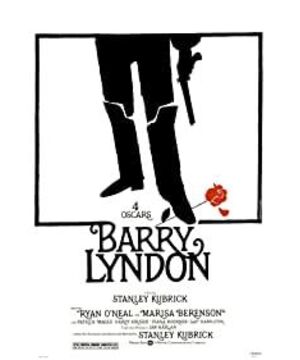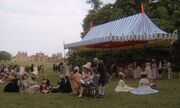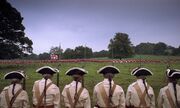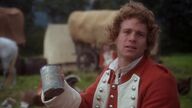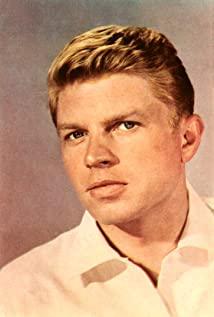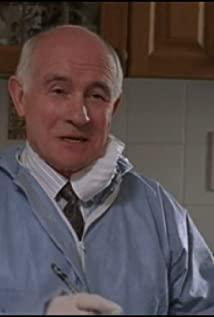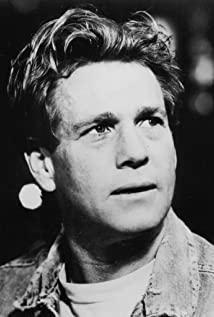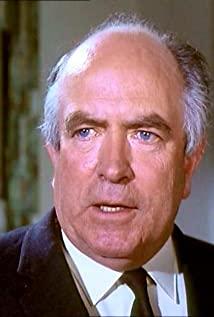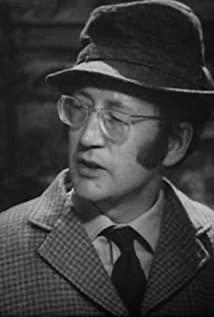Take "Barry Linden", "Girl with Pearl Earrings", and "Portrait of a Burning Woman" as examples to analyze the elements of the film to create a sense of oil painting. (Only experience watching movies by yourself, not professional)
1. Light and shadow. Whether oil painting or film, the light and shade are distributed in two-dimensional space to express the sense of three-dimensionality and the sense of depth. And use light and shadow to highlight the theme and set off the atmosphere
A, soft light. In the dating scene between Barry and his cousin, soft and dim light is used, and the scene is like a fairyland. Da Vinci advocated that the contrast of light and shadow should not be too strong, and the soft light makes the work soft and elegant.
Da Vinci not only emphasized the shading method but also the fading method, that is, the use of shadows to blur the contour line to achieve a vivid effect (but different from the impressionist blur). This vague outline makes one shape blend into another. A shape, such as the corners of the mouth and eyes of the "Mona Lisa"
B, indoor candlelight. Refer to Tural! (Depicting candlelight, oil lamp or unknown luminous light source, the subject's light-receiving part is bright, the background is dark brown, and the contrast between light and dark is strong. Mature use of candlelight to control the color brightness) Warm tone. Against the backdrop of large dark patches, the faint light became dazzling.
Due to the limited distance of the candlelight, the shape and structure are only clear near the flame, and dim and fuzzy at a distance from the light. So pay attention to light control. Of course, you can also use stacking to highlight the layers, so that the background will not be completely black.
Such as "1917"
"Portrait of a Burning Woman"
With a strong aperture of f/0.7, "Barry Linden" uses windows to illuminate the scene during the day play, and uses the existing light in the studio for the night play.
C. Indoor natural light. Following Vermeer's typical lighting method, lemon yellow is used as an unsaturated warm yellow shade, and the light is finally rendered as delicate and soft as an oil painting. The side light and dark are excessively delicate, rich in layers, and the contrast between highlights and shadows is strong. If possible, stick light-scattering paper on the glass window!
D. Outdoor light. Usually avoid direct light at noon, subject to magic time. Otherwise, it is mostly cloudy. "The Burning Woman" "Day in Heaven"
E. Rembrandt lighting method. Butterfly lighting method.
From FOTOLAB Light and Shadow Laboratory
2. Color. The colors of oil painting and film both express the theme of thought, portray characters, create mood and mood, and form the style of the picture
A. There are no gorgeous colors, all colors are unified, elegant and harmonious, or gloomy and dim, or warmer. Large areas of soft colors, small areas of gorgeous colors. And more than two kinds of tones echo each other in a balanced manner
But it is bright without shadows, or the colors are very bright and clear, and it has a strong sense of modernity. Where "Burning Woman" failed, the second picture is full of PS traces
Modernity in "A Clockwork Orange"
B. The color is dignified and the contrast is strong. Reference Rembrandt, Caravaggio. The subject is often surrounded by a large area of darkness, and the bright parts stand out in the picture. With highlights, bright edges
C. Other styles. Wes Anderson pink warm color "Budapest Hotel". Morandi color "Mo Di". Gothic Retro "Angels Love Beautiful"
3. Frame the picture. Oil painting has formed classic composition principles and examples in the course of hundreds of years of artistic development
A. Symmetry.
B. Balance. In addition to the conventional symmetrical balance, there is also the use of color and light to achieve balance
C. Sight guidance. Bamboo poles of "Seven Samurai"
Continuous attention: the sight of the person on the right leads to the left, and the gesture of the person on the left leads to the upper right.
D. Stability of the triangle
To avoid being too blunt, the bottom row of people is pros and cons
E. Part and occlusion
4. Natural landscape. Constable! People account for a small percentage, and the Ural Mountains and people in "Doctor Zhivago". Barry and his cousin are in the woods, tall trees stand on both sides, the paths are covered with leaves, and the characters seem to be walking from the painting.
Ratio of sky to ground
5. Classical position.
There is "Da Vinci's Dinner" divided into several groups
Figure Features of Goya "Charles IV family"
6. Storyline. In addition to portraits and landscape paintings, religious themes are mostly chosen for biblical stories. Therefore, the picture is rich in information and has a strong sense of depth. Foreground and background, up, down, left and right each express different stories.
7. Camera movement. The camera stood quietly on the spot, waiting for people from a distance to come slowly, the lens moved smoothly, and more push, pull, and pan
8. Late stage. make up. slightly
View more about Barry Lyndon reviews


